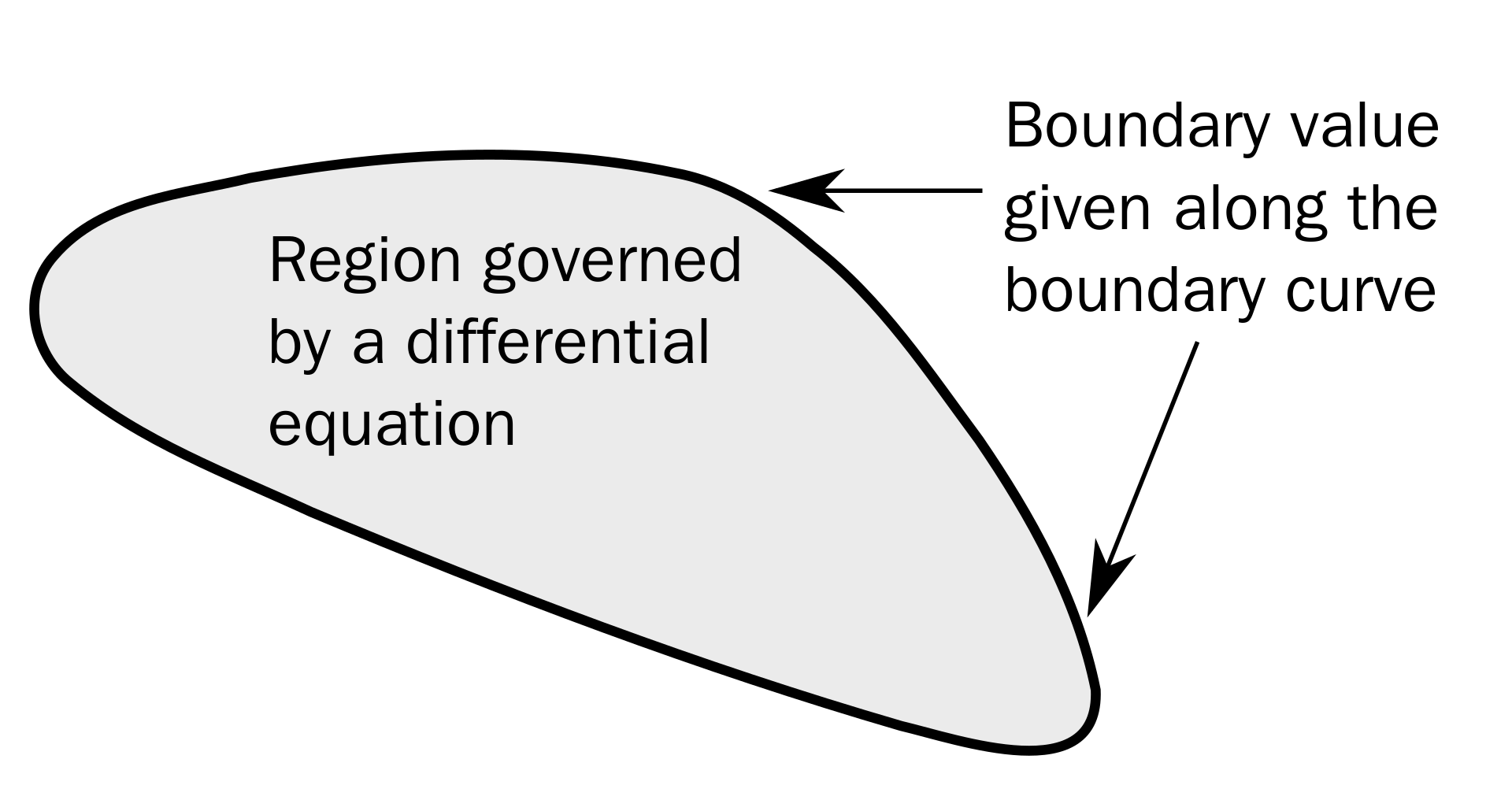
All analysts know that a solution to a problem is only as good and the boundary conditions used to define the problem.
The same principle can be applied to other aspects of product development.
It can also be applied (in a similar sense) to life. If there are no boundaries, rules or limitations the social and societal results at small and large scales are chaotic unless the people involved develop arbitrary rules and boundaries to operate within.
So, any problem that you tackle with no or insufficient boundary conditions will produce results that are either nonsensical or misleading.
So where is all this leading us to?
One of our clients has had a huge boost. They have engaged a dynamic new executive team and have significant funding on the horizon. We are all planning and working towards the production development program launch and part of that activity is to better define the production aircraft.
Definition of the production aircraft relies on a series of ‘trade studies’. These trade studies look at varying one or maybe two aircraft parameters and assess the impact on procurement and operational cost, technical and certification risk and cost and other factors.
This is all good and quite normal.
The devil is always hiding in the details.
Before we got all excited about the trade studies we had a baseline production aircraft defined. This meets the basic market requirement. It may need some tweaking – do we have to increase MTOW to carry more fuel to allow a longer range to hedge against a weight growth problem in development? What effect does this have on the size and OML of the aircraft and how does that impact cruise performance?
Instead of examining specific parameter incremental shifts and the impact on the aircraft product, we have leapt into the brave new world of unfreezing all high level aircraft parameters and looking at literally everything.
You can see where this is going… how can you execute a trade study (a simple analysis) if there is no baseline aircraft (set of boundary conditions) to deviate the parameters of interest against?

This is a problem of EMI (External Management Imposition or Implosion). Every new manager brings in a set of experiences that creates a set of biases and motivations (I refer to this using the shorthand ‘comfort zone’). The overlap of the manager’s existing comfort zone with the requirements and reality of the program at hand depends on the relevance of the manager’s prior experience.
If the manager does not have a large amount of directly relevant experience they will be operating outside of their comfort zone.’ This will usually (but not always) result in two things:
- A desire to challenge the decisions already made and a reluctance to make a decision based on a reduced ability to properly evaluate the parameters that drive the decision.
- A desire to move the solution into their comfort zone – where they can make a good evaluation of the solution and make a rational decision but the solution could be the wrong solution, or an inappropriate solution for the program.
I know this to be generally true because I have found myself in the same position and I have behaved like this, and I have witnessed it with many other people in positions of responsibility.
So our client has fallen into several traps at once.
- They have initiated a set of aircraft level trade studies so invasive that they have left insufficient boundary conditions for most of the trade studies to be completed. They have also ignored the obvious high level reasoning for why decisions have been made to date.
- They have very competent leadership with experience from different types of aircraft programs so the speed of decision making is tempered with excessive caution. Decision making is slow. To date we have no decisions made.
- I expect that when decisions are made some of the solutions will be inappropriate for the program as they fall into the gravity well of our new managers comfort zones.
Our client has made decisions that look great on paper. You get the best people – and these are the best people. The managers they have brought in are very impressive individuals with fantastic careers at very high levels in major OEMs. However the things they do very, very well are imperfectly aligned with the needs of the client.
Engineering development is relatively easy compared to development of the team and the team leadership.
So what can a consultant do to tackle all of these boundary condition problems? If it is hard fixing stupid, try fixing the very, very intelligent.

Comment On This Post